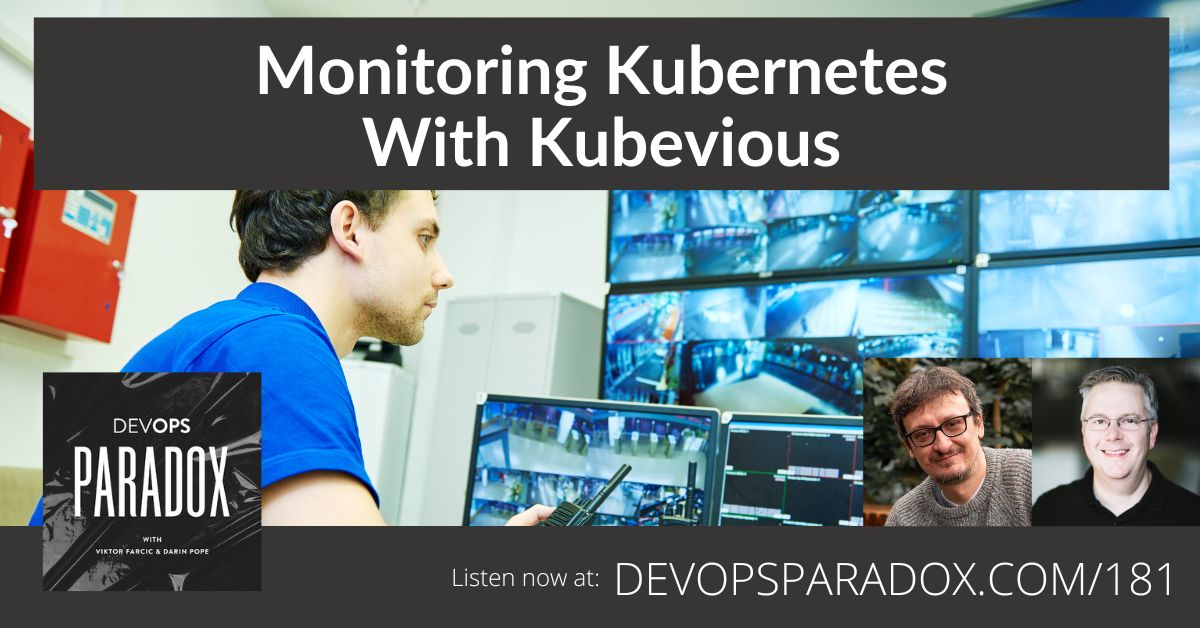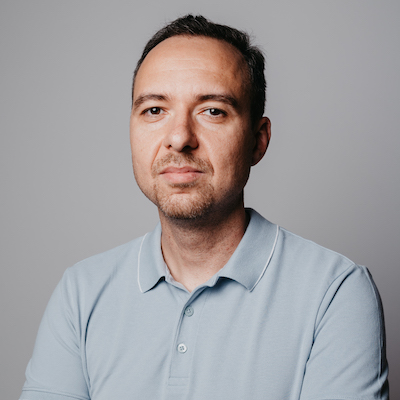DOP 181: Monitoring Kubernetes With Kubevious
Posted on Wednesday, Oct 19, 2022
Show Notes
#181: Once you have your Kubernetes cluster up and running, what do you do next? One option is to monitor it and make sure everything is running smoothly.
On this episode, we talk with Ruben Hakopian, the founder of Kubevious, about how the project started and how you can start using it today.
Guests

Ruben Hakopian
Founder and CEO of Kubevious, a startup that helps running modern Kubernetes applications without disasters, and costly outages by continuously validating application manifests, cluster state, and configuration. He had been coding for 25 years (started pretty early). 15 years in the SF Bay Area. Focusing on distributed management & control systems. Had a few startup attempts prior to Kubevious (cloud automation project and stock market trading robots). Built an SDN as a part of Insieme Networks (acquired by Cisco, 2013). Worked on network management solutions at Harmonic, Inc and multi-million dollar chip manufacturing tools at Mattson Technology (cool things with vacuum pumps, robot arms, and lots of gas pipes).
Hosts


Viktor Farcic
Viktor Farcic is a member of the Google Developer Experts and Docker Captains groups, and published author.
His big passions are DevOps, Containers, Kubernetes, Microservices, Continuous Integration, Delivery and Deployment (CI/CD) and Test-Driven Development (TDD).
He often speaks at community gatherings and conferences (latest can be found here).
He has published The DevOps Toolkit Series, DevOps Paradox and Test-Driven Java Development.
His random thoughts and tutorials can be found in his blog TechnologyConversations.com.
Links
Rate, Review, & Subscribe on Apple Podcasts
If you like our podcast, please consider rating and reviewing our show! Click here, scroll to the bottom, tap to rate with five stars, and select “Write a Review.” Then be sure to let us know what you liked most about the episode!
Also, if you haven’t done so already, subscribe to the podcast. We're adding a bunch of bonus episodes to the feed and, if you’re not subscribed, there’s a good chance you’ll miss out. Subscribe now!